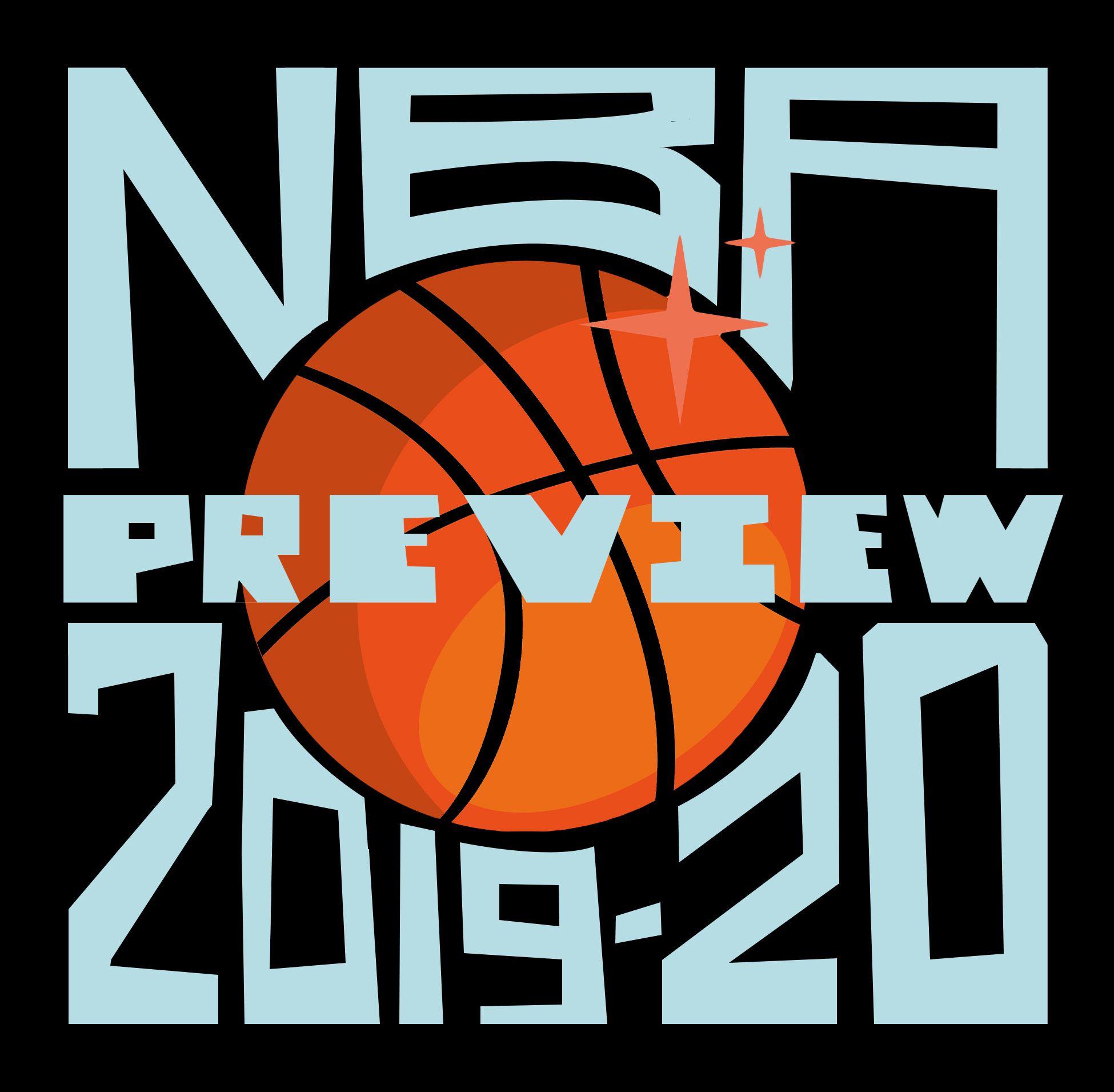Unicorns have roamed the NBA for years, stretching our imaginations with their unique blend of size, skill, and athleticism. But after waiting and wondering what Giannis Antetokounmpo, Anthony Davis, Joel Embiid, Nikola Jokic, Kristaps Porzingis, and Karl-Anthony Towns could become, the blessing is now ready to take over the league. As part of our 2019-20 NBA season preview, we’re taking a long, hard look at the impact of the six generational bigs. This is the Year of the Unicorn.
It was a perfect bit of irony: In January 2016, Kevin Durant, who had famously branded himself with an all-time terrible nickname two years earlier, came up with a moniker so perfect that it would foretell the NBA’s looming generational shift. After a game between the Oklahoma City Thunder and the New York Knicks, Durant deemed then–Knicks star rookie Kristaps Porzingis a “unicorn,” a reference to how rare 7-foot-3 sharpshooting rim protectors are in the NBA. Porzingis and 2015 draft classmate Karl-Anthony Towns were having eye-popping seasons mere months after Anthony Davis unveiled the breadth of his talent and Giannis Antetokounmpo was let loose as a 6-foot-11 point guard. The league, suddenly rife with future-leaning Monstars, was on the verge of something big.
From there, the term “unicorn” bulldozed its way into the league’s lexicon. When unconventional, star-caliber big men as disparate as Joel Embiid and Nikola Jokic rose to prominence, they were instantly categorized as unicorns. In hindsight, perhaps the term metastasized too quickly for its own good; four years later, it’s lost its novelty: If everyone is a unicorn, no one is.
But now, with the league in flux from every angle, the unicorn era may finally be moving past its liminal stages and into something more concrete. What was once a curiosity has now been normalized, and teams lucky enough to enlist the services of a unicorn have now had enough years and opportunities to build rosters around them. We’ve reached the line that separates divining the future and witnessing the first lines being written in a specific chapter of history. This could be the season that rewrites how the game is played, in ways both new and old.
Science fiction author William Gibson noted that “the future is already here—it’s just not evenly distributed.” And the future, with regard to the NBA, is all about empowering the best players, irrespective of size or position, to run point, establishing new angles of entry, new levels of spacing, and new offensive roles. It’s something coaches have started doing over the past three seasons. In 2015-16—when the unicorn concept was first given its wings, so to speak—there were no players 6-foot-10 or taller who used even 200 possessions in a season as the ball handler in the pick-and-roll. By 2017-18 there were three (Ben Simmons, Antetokounmpo, Durant), and last season, there were two players (Durant, Blake Griffin) with more than 300 such possessions. This is a legitimate paradigm shift in the league; expect even more pick-and-rolls with a star big man as the ball handler this season.
It’s a cumulative trend that cracked into the mainstream because of gifted athletes like Durant, Antetokounmpo, and Simmons, but its staying power rests in the unique influence of Jokic, who at 24 years old may already be the greatest passing center ever. Jokic has accumulated triple-doubles at the fastest rate for his position in NBA history, and this season could seriously threaten Wilt Chamberlain’s record for highest per-game assist average by a center (8.6). He may move at the velocity of a cardboard box full of hand-me-downs, but the Nuggets and coach Mike Malone have accentuated Jokic’s skills in ways that will soon become league blueprints. Towns, who plays in the same division as Jokic, might soon operate in much the same manner. Towns has been tasked with making plays as the ball handler in the pick-and-roll in summer workouts, according to The Athletic, and the Timberwolves have made internal comparisons between Jokic and Towns in terms of on-court impact: “Jokic’s primary function of [the Nuggets] offense in terms of his playmaking, I would say Karl does a lot in terms of scoring as well,” Wolves GM Gersson Rosas told reporter Jon Krawczynski. “We’ll find a happy balance there.”
Towns has always seemed capable of more than what his teams’ systems have asked of him. In 2014, when KAT was still nursing a significant amount of baby fat at the McDonald’s All American Game, his ambitiousness on the floor was the first thing that registered; Karl Towns is the player JaVale McGee thinks he is was the first thing I scrawled down in my notes. He excelled as a low-post threat at Kentucky, then surged as a rookie before being handicapped by Tom Thibodeau’s abrasive coaching philosophies. Now, an all-systems-go sign from the Wolves organization will allow Towns to show what he can do. “I think I’ve been held back to 40 percent of my talent,” Towns told The Athletic in July. “It’s going to be fun to be able to tap into a little more with Ryan Saunders at the helm. I’m going to have a lot of fun being able to play more freely and be able to do things I’ve been doing my whole life that I’ve been held back from doing in the NBA so far.”
Few players enter the league with the right infrastructure in place to optimize their talents; sometimes it’s the wrong team, sometimes it’s the wrong time. But sometimes, things can appear to align perfectly. Zion Williamson, he of mutated unicorn DNA, might have the best of both worlds in New Orleans: a team with no question about who their main attraction is and a front office with experience building around an anomalous, position-breaking talent. But unlike players like Giannis, AD, and Towns, Zion won’t have to first pass through the filter of orthodoxy to start his career; he still might not pan out the way the Pelicans hope, but it won’t be due to rigid preconceived notions of who he is. Perhaps that is more a result of the specific individual—how exactly would one categorize an NFL-grade edge rusher with point guard skills and feet like Rafa Nadal?—but perhaps Zion is a sign that the NBA is finally seeing the potential of its stars in all three dimensions.
The funny thing about this current NBA climate representing the future is how much it is starting to resemble the past. But the way in which history is rhyming with itself this time is more granular than simply suggesting the league is shifting back to big men wholesale. The Sixers are trotting out three stars 6-foot-10 and taller in their starting lineup; the defending champion Toronto Raptors are considering lineups that fit rising star Pascal Siakam at the 3 next to Serge Ibaka and Marc Gasol, who both played the 5 last season; Anthony Davis noted that the Lakers have talked about jumbo lineups with JaVale McGee and Dwight Howard up front, with the Brow presumably at the 3 (and, uh, LeBron at the 2?). It can all sound preposterous: Hasn’t the past half-decade of NBA basketball been decided by the teams capable of putting their best shot creators on the floor at once?
But the idea of unicorn-type players is ever-expanding and ever-adapting. Positionless basketball had long favored the noncenter, shifting everyone lower on the spectrum higher up, decentralizing the importance of a true pivot. But now it is the nominal center being moved around. Suddenly, solutions posited for the 2019-20 season uncannily resemble the so-called problems that some teams faced two decades ago. In other words, teams are now weaponizing the late-’90s/early-’00s plight of proto-unicorns like Kevin Garnett and Dirk Nowitzki, who ostensibly started their careers as ill-fitted small forwards. Those strange beginnings factored heavily into how we view their place in history—they were ahead of their time, and thrived despite all the limitations their teams put on them in their younger days. Garnett and Nowitzki are both champions, but might better be remembered as martyrs paving the way for the current understanding of the game. I wonder whether there might be any whiplash from those two watching Anthony Davis occasionally play the 3 this season.
It’s hard to overstate just how big the Western Conference was 20 years ago—perhaps it was simply a function of teams insulating their young stars from the trauma of having to guard Shaquille O’Neal in his prime. Where the East presented starting lineups that seemed like the NBA’s version of a nuclear family in size, role, and positional rigidity, the West, especially its most notable teams, was monstrous. Rasheed Wallace started next to functional centers Arvydas Sabonis and Brian Grant; Dirk Nowitzki started games next to two of Shawn Bradley, Gary Trent, and A.C. Green; Tim Duncan had David Robinson and Danny Ferry. In the first starts of Kevin Garnett’s career, he played alongside Christian Laettner and Tom Gugliotta; six seasons later, he was still slotted in a Trip Towers formation, with Rasho Nesterovic and Joe Smith up front. Nearly every player listed above would be considered a center in today’s league.
There is a subtle difference between eras, though. If the Wolves and Mavs were both the victims of a reactive league unsure of how to leverage the mismatches that Garnett and Nowitzki commanded back then, teams like the Sixers appear to be more proactive in their deployment of their literal Big Three. The central tension in Philly ever since Embiid and Simmons took to the floor together has been about how well they fit as a tandem. Embiid is a Shaqlike presence who has felt the rich man’s problem of being competent at everything, which has put him in positions he’s not best suited for, like hoisting 3s for an entire quarter in the playoffs; Simmons is a revolutionary point-center who has felt the burden of being very bad at one important thing, which has put him in positions he’s not best suited for—namely, most spots on the floor in half-court situations.
Instead of retreating to the comforts of NBA orthodoxy, however, the Sixers doubled down on their unique team construction. In an early free-agency move, they swooped in on Al Horford, a player who checked all their skill-based needs, if not any of their positional ones. He is a bridge between their two stars: a versatile defender, a dependable 3-point shooter, and a no-nonsense ball distributor, as well as insurance that the Sixers will have at least one All-Star-level presence up front at all times. It remains to be seen whether they can generate enough spacing among the three to make it all jell, but the thought experiment will soon face the rigors of reality.
The 2019-20 season presents a litany of similarly unanswered questions, and many revolve around fit, with certain modern archetypes joining forces for the first time. What does it look like when two 3-and-D superstar wings (Kawhi Leonard and Paul George) link up? What does it look like when two of the most versatile big men in history (LeBron James and Anthony Davis) co-run a team? What does it look like when the two highest-usage guards ever (Russell Westbrook and James Harden) have to split a possession timeshare? What does it look like when a unicorn (Porzingis) is paired with a Harden acolyte (Luka Doncic)?
But in a way, all the questions amount to major forward progress. It’s a clear sign that the NBA is ready to look beyond the impositions of tradition, both up and down the positional spectrum. The Unicorn Era may be defined by the Giannises and Embiids, but it is ultimately a more open view of the league from all perspectives, and an ongoing conversation about how its best players, regardless of position, can dictate matchups within a framework that suddenly seems boundless. This is the year Pandora’s box will be opened.

